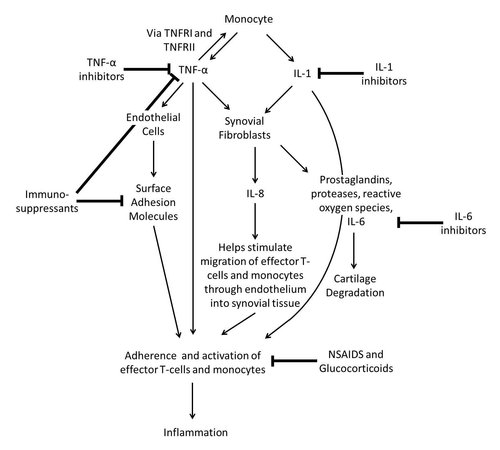-
Home
-
About JCTR
-
Gold Open Access
-
Issues
-
Editorial board
-
Author guidelines
-
Publication fees
-
Online first
-
Special issues
-
News
-
Publication ethics
-
Partners
-
Submit your manuscript
-
Submit your review report
-
Editorial Office
-

This work is licensed under a Creative Commons Attribution-NonCommercial 4.0 International License. ISSN print: 2382-6533 ISSN online: 2424-810X
Volume 2 Issue 3
The role of TNF-α in rheumatoid arthritis: a focus on regulatory T-cells
Mark Farrugia, Byron Baron
Farrugia et al., J Clin Transl Res 2016; 2(3): 84-90
Published online: 15 September, 2016
Abstract
The autoimmune disorder rheumatoid arthritis (RA) causes chronic inflammation and destruction of joints. T-cells are a predominant component of the synovial environment in RA, however the functional role of these cells is not yet fully understood. This is in part due to the fact that the balance and importance of the relation of Tregs with T-effector cells in RA is still under investigation.The current treatment regimen for this debilitating disease focuses on controlling symptoms and preventing further joint damage through the use of therapies which affect different areas of the immune system at the synovium. One of the main therapies involves Tumour Necrosis Factor alpha (TNF-α) inhibitors. In the RA immune-environment, TNF-α has been shown to have an influential and extensive but as yet poorly understood effect on Treg function in vivo, and undoubtably an important role in the treatment of RA. Interestingly, the high levels of TNF-α found in RA patients appear to interfere with the mechanisms controlling the suppressive function of Tregs. This review focuses on the conflicting literature available regarding the role played by Tregs in RA and the impact of TNF-α and anti-TNF-α therapies on Tregs in this scenario.

DOI: http://dx.doi.org/10.18053/jctres.02.201603.005
Author affiliation
Center for Molecular Medicine and Biobanking, Faculty of Medicine and Surgery, University of Malta, Msida, Malta
*Corresponding author:
Byron Baron
Center for Molecular Medicine and Biobanking, Faculty of Medicine and Surgery, University of Malta, Msida, Malta
Email: byron.baron@um.edu.mt
Handling editor:
Rowan van Golen
Department of Experimental Surgery, Academic Medical Center, University of Amsterdam, the Netherlands

